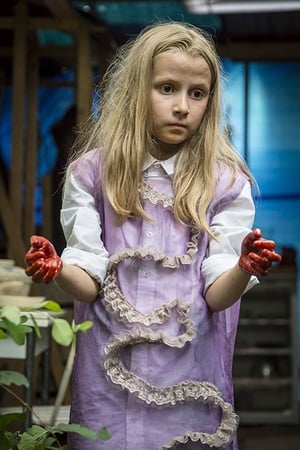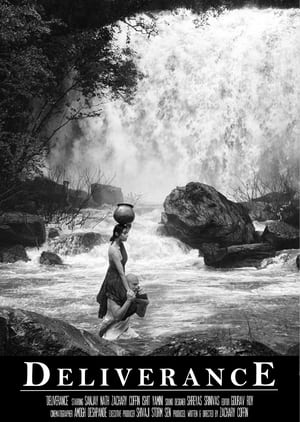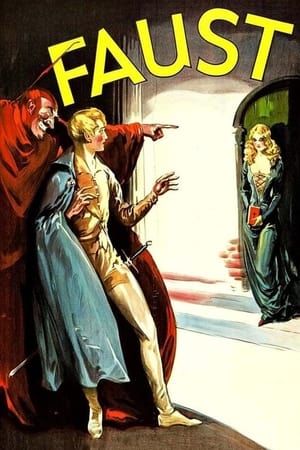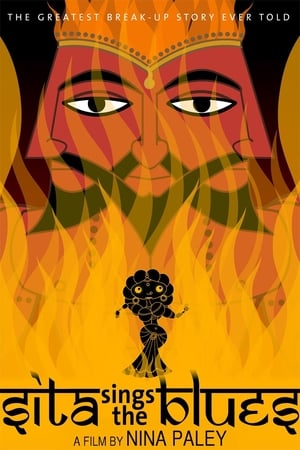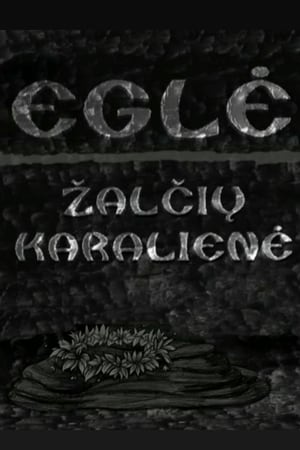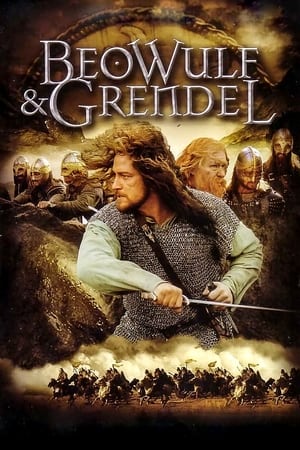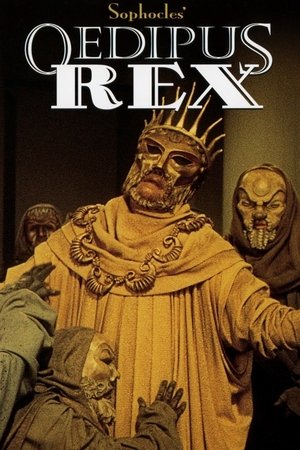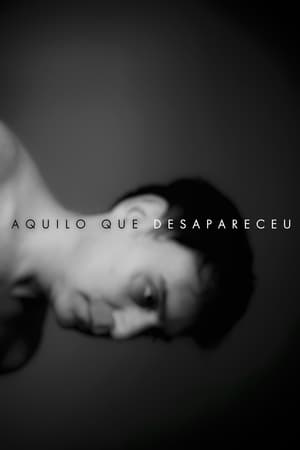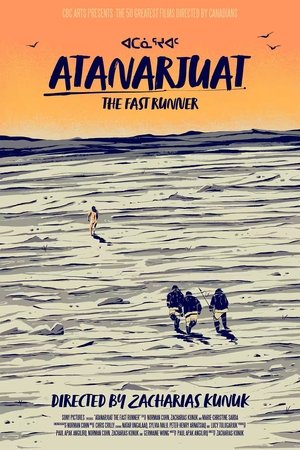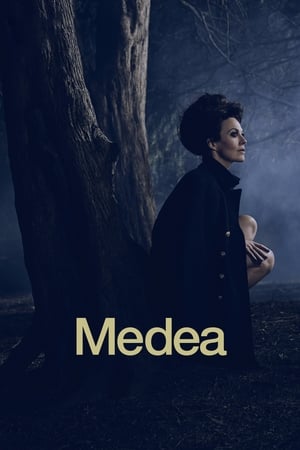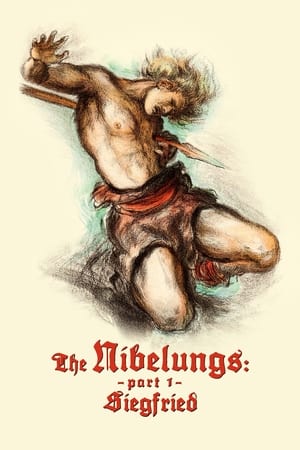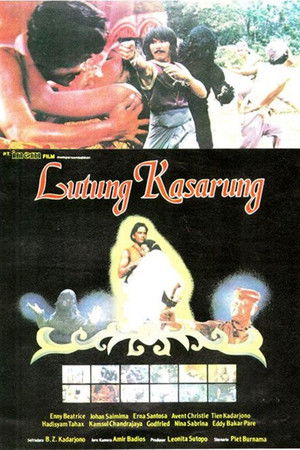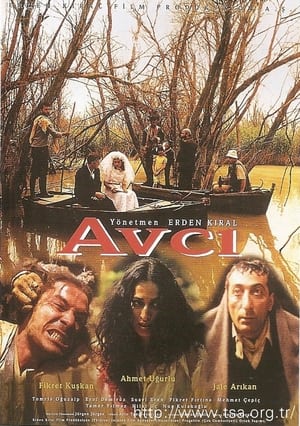Overview
A television production based on the legend of the well at Trenčín Castle. In the 16th century, the lord of Trenčín Castle was Štefan Zápoľský - Duke of Transylvania, known for his hardness. He built Trenčín Castle as a fortress against the Turks, which, however, could be easily defeated because it had no water. The Turks wanted to take advantage of this fact. Zápoľský, as a good tactician, did not wait for the Turks to attack and attacked their own camp. He won and took a large number of prisoners, including the beautiful Fatima, the wife of Duke Omar. Omar decided to ransom Fatima from captivity. Zápoľský knew only one price - water at Trenčín Castle. Omar undertakes to fulfill the condition and dig a well. He keeps his word and takes Fatima and the other prisoners from Trenčín Castle.

 Slovak
Slovak
 0
0
 1975
1975
 Czechoslovakia
Czechoslovakia
